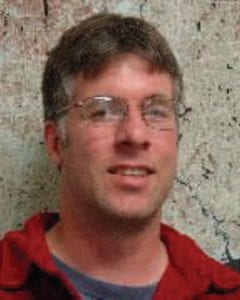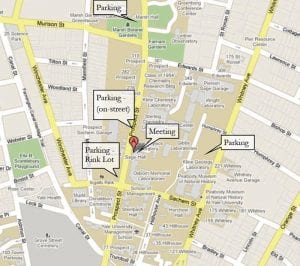Saturday March 26th we’ll be hosting the annual meeting of the CT Chapter of The American Chestnut Foundation at Bowers Auditorium, Sage Hall, Yale University in New Haven, CT. We have interesting presenters and a fantastic venue – and hope you’ll mark you calendar and join us. Should you decide to join, you MUST RSVP by calling Kendra Gurney at 802.951.6771 x1350 or sending her an e-mail gro.fca@ardnekta.
We have been approved to offer qualified attendees two CEU hours of credit in the following licensing categories: Forest Pest Management (category 2), Arborist (category 3D) and Demonstration and Research (category 10). Submission forms and sign-up will be available at the meeting. For further information please contact gro.fca@ardnek.
Simply looking for directions? See the campus map or download the brochure with campus map in easily printable format with venue annotations for directions on how to get to the venue.
Topic: Silvical Considerations for American Chestnut Reintroduction

Leila Pinchot
Photo: Tracy Powers, UT-TIP
Leila Pinchot is doctoral candidate in the Department of Forestry, Wildlife, and Fisheries at The University of Tennessee, Knoxville. Her dissertation explores silvicultural methods for assessing the competitive ability of backcross chestnut seedlings. Leila received her Master’s degree from the Yale School of Forestry in 2008. She worked for the American Chestnut Foundation for two years before beginning her work at the University of Tennessee. Ms. Pinchot will present preliminary results from a backcross chestnut forest planting on the Cumberland Plateau of Kentucky. Her talk will cover potential challenges to, as well as recommendations for, the successful establishment of chestnut reintroduction plantings.
For more information about our speaker, visit the University of Tennessee’s Tree Improvement Program website or read this article highlighting the work of her research group.
Topic: American Chestnut in Connecticut: Using Geospatial Technology for Site Affinity and Habitat Suitability Modeling

James Hurd
Photo: Morty Ortega, UConn
James Hurd is a Research Associate for the Center for Landuse Education and Research (CLEAR), at the University of Connecticut. He spends most of his time looking at the earth from above through satellite and aerial remote sensing imagery and using the technology to generate land cover maps to quantify and characterize the ever changing landscape. His primary research activities focus on the development and application of innovative approaches of remote sensing and geospatial data analysis, particularly as it pertains to landscape characterization and management. Emphasis is on improved land cover mapping and change detection, tidal wetland identification and assessment, impervious surface modeling and estimation, forest fragmentation modeling and quantification, and urban growth/sprawl monitoring. James received BS (1990) and MS (1994) degrees in Natural Resources with a focus on geospatial technologies from the Department of Natural Resources and the Environment (NRE) at the University of Connecticut.
James serves as the Director of the Laboratory for Earth Resources Information Systems (LERIS), the principal center at UConn for undergraduate and graduate education and application of remote sensing technology as well as Director of ConnecticutView, one of several nationwide StateView Consortiums making up the AmericaView Program which focus on applied remote sensing research, K-12 and higher STEM education, workforce development, and technology transfer.
For more information about our speaker, visit the University of CT web-site orthe Chestnut Project chestnut project web-site highlighting this work being presented.
 The presentations will be followed by operational meetings attended by those of you with an interest or business in attending. You are welcome to attend just those sections of the meeting that interest you as outlined in the agenda below.
The presentations will be followed by operational meetings attended by those of you with an interest or business in attending. You are welcome to attend just those sections of the meeting that interest you as outlined in the agenda below.
Agenda
9:30am Opening Reception
10:00am Introduction and speakers
12:00pm CT-TACF Annual Meeting followed by Lunch
1:00pm CT-TACF Board Meeting – Open to All!
2:30pm Expected close of Chapter business
The program is free to both members and non-members, as is lunch for those who advance register. To advance register e-mail to indicate your interest in attending. Details on logistics, parking and presentation venues, will be provided well in advance of the meeting.
We thank Yale University for their partnership in planning this meeting and providing the venue for the presentations.

